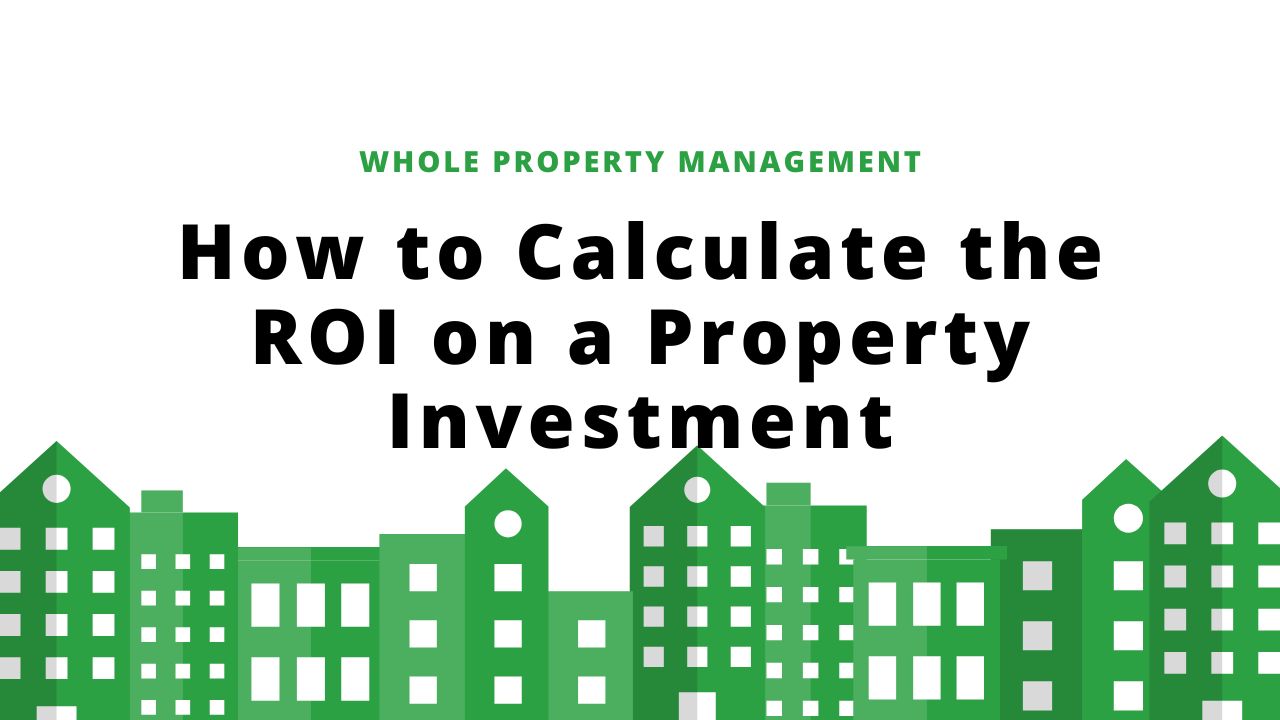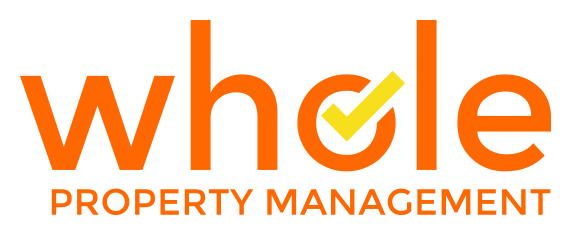How to Calculate The ROI on a Property Investment

Compared to the wide range of investment options, the property market stands out. It offers owners consistency in rental income, an appreciation in value, and can serve as an absorber of economic shocks.
While all of this sounds good, there is the matter of profitability to consider. As an investor, you are working with scarce resources. You might have even borrowed some funds from the bank. Being able to measure the profitability of your investment is a key part of the process. That’s where the Return on Investment (ROI) comes in.
What is ROI?
Return on Investment or ROI is a financial metric that seeks to analyze the profit or loss earned from an investment. This numeric is typically expressed as a percentage and serves to compare the profitability of several investments. It is one of the key metrics used as it allows an investor to select the best asset among several.
From our experience in the local property market, we have come across two main types of rental properties; short-term and long-term rentals. As we discuss ROIs, it would be ideal for us to analyze these two types of properties.
Long-term Lease Properties
These types of properties are units that are rented under lease contracts that extend from several months to years. In most markets, you will find that single-family residences, multi-family rental units, and commercial buildings are leased under such a contract.

Landlords who have long-term leased properties in their portfolio enjoy steady rental income. In most cases, long-term tenants are reliable, dependable, and quality tenants who will maintain the unit in good condition.
Long-term leased properties enjoy an annual return that averages between 8 to 12%. This numerical figure varies depending on the efficiency of the management, location, and market conditions. Tax implications are another variable that property owners should consider. A harsh fiscal market can affect the overall ROI.
Short-term Lease properties
This refers to properties that are leased out for a short period of time; this period could be as short as a few days to one month. While this form of leasing has been running for a long time, it became more popular with the uptake and use of vacation platforms such as Airbnb, Booking, VRBO, and Expedia.
From a return perspective, the ideal return is between 10 to 20%. You will notice that this is significantly higher than for long-term leased properties, almost double. This is commensurate with the risk that you will incur.
In short-term rentals, you stand the risk of going days without a tenant. There is no consistency in rental income, especially during the low seasons. However, during the high season, demand is typically over the roof. Therefore, the rate charged per day or per month by a short-term rental property owner has to consider this.

Calculating ROI
Now that we have a basic understanding of what is ROI, we can go into the ways of calculating ROI:
1. The simple ROI calculation
This is the simplest method and can be calculated as:
ROI = (income – cost of the investment)/ cost of the investment
An example: If an investor sunk $200,000 into purchasing a rental property and the total profits are $240,000, then the ROI can be calculated as:
= ($240,000 – $200,000) / $200,000 = 0.2 *100 = 20%
A simple method that anybody can follow. Let’s get into the more complex options.
2. Calculating ROI Using Cap Rate
This method is typically used by investors during the purchase of rental property by comparing the return of different investment options. Its usefulness comes about in the consideration of expenses and other costs that will be incurred by the owner during the leasing period.
- Step 1: Calculate the Net Operating Income, NOI: NOI = Gross Rental Income – Operating Expenses
- Step 2: Cap Rate : Cap Rate = NOI/ Purchase Price * 100
An example:
An investor purchases a property for $400,000. They incurred $3,000 in terms of closing costs and $10,000 in remodeling. Tenants on the premises are now paying $1,000 every month as rent. Management and maintenance expenses are capped at $2,000.

Step 1: Calculating the Net Operating Income, NOI
NOI = Gross Rental Income – Operating Expenses
= $12,000 – $2,000 = $10,000
Step 2: Cap Rate
Cap Rate = NOI/ Purchase Price * 100
= $10,000/ $215,000 *100 = 4.65%
3. Cash on Cash (CoC) Calculation
As the name suggests, this method considers the annual cash flow to the total cash invested. Thus,
ROI = Total cash flow (annual)/ Cash invested *100
In an investment, you purchase a property worth $400,000 and put down a 20% deposit for a mortgage. You also incur some other costs that total $13,500. Cash invested includes the deposit plus the other costs totaling $93,500.
If you are earning $1,500 every month but also pay mortgage payments of $1,000, your monthly cash flow is $500 ($6,000 per month)
CoC Return = $6,000/ $93,500 * 100 = 6.4%.
Bottom Line
Owning a rental property is one of the assured ways of expanding your portfolio and securing a consistent income. It should be done in a way that guarantees maximum profitability for you. Using the above methods, you should be on your way to securing the ideal property for yourself.
Investment analysis and property selection are just parts of the ownership process. You should also be aware of the post-selection process i.e. management. You will be required to maintain the property in good condition, file property taxes, pay utilities, collect rent, and comply with local and federal laws.
For Denver landlords, you can forego all this headache by relying on the leading service provider in the region, Whole Property Management. We are experts in management offering customized solutions guaranteed to keep your properties in the best condition. Get in touch with us today!
